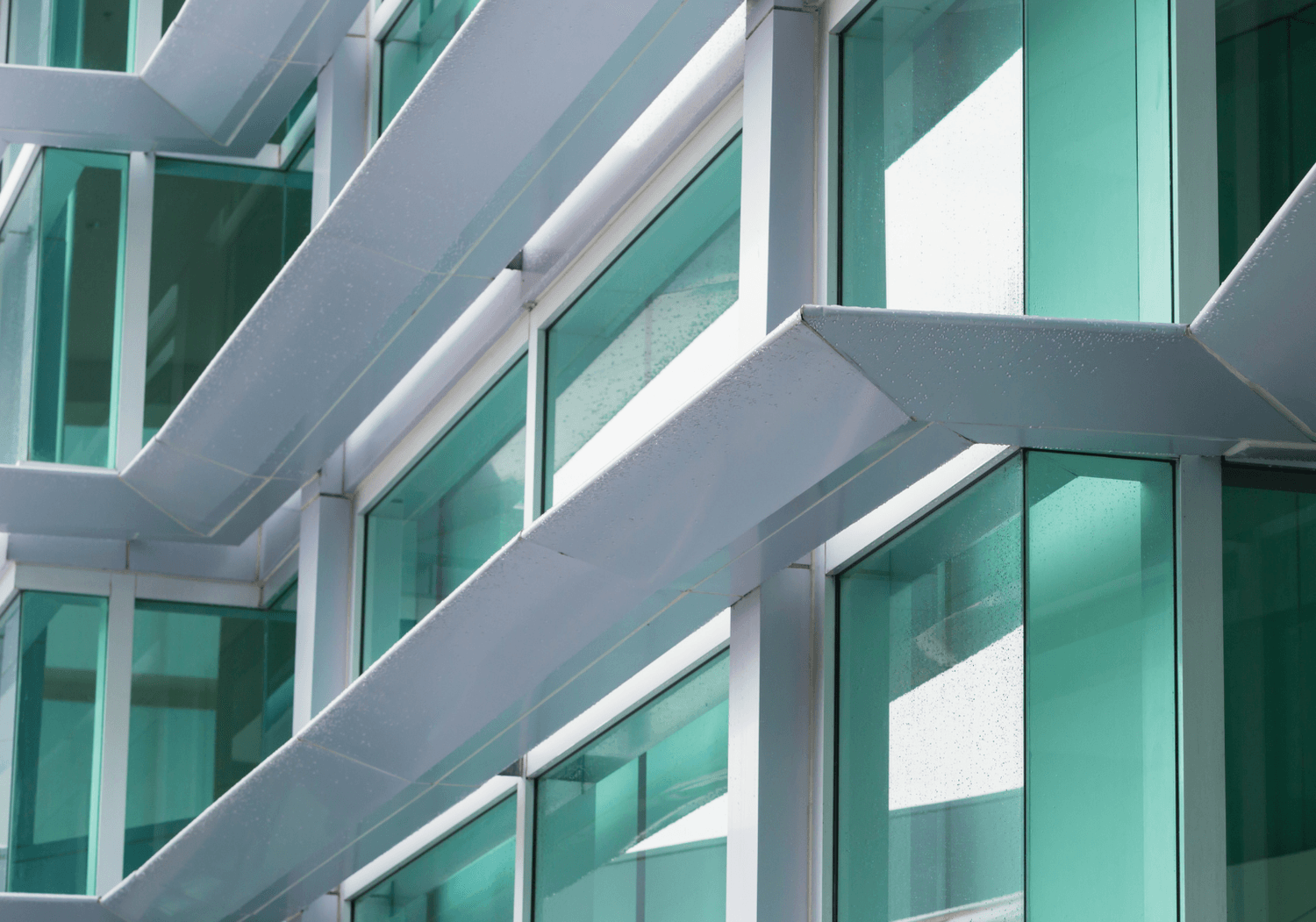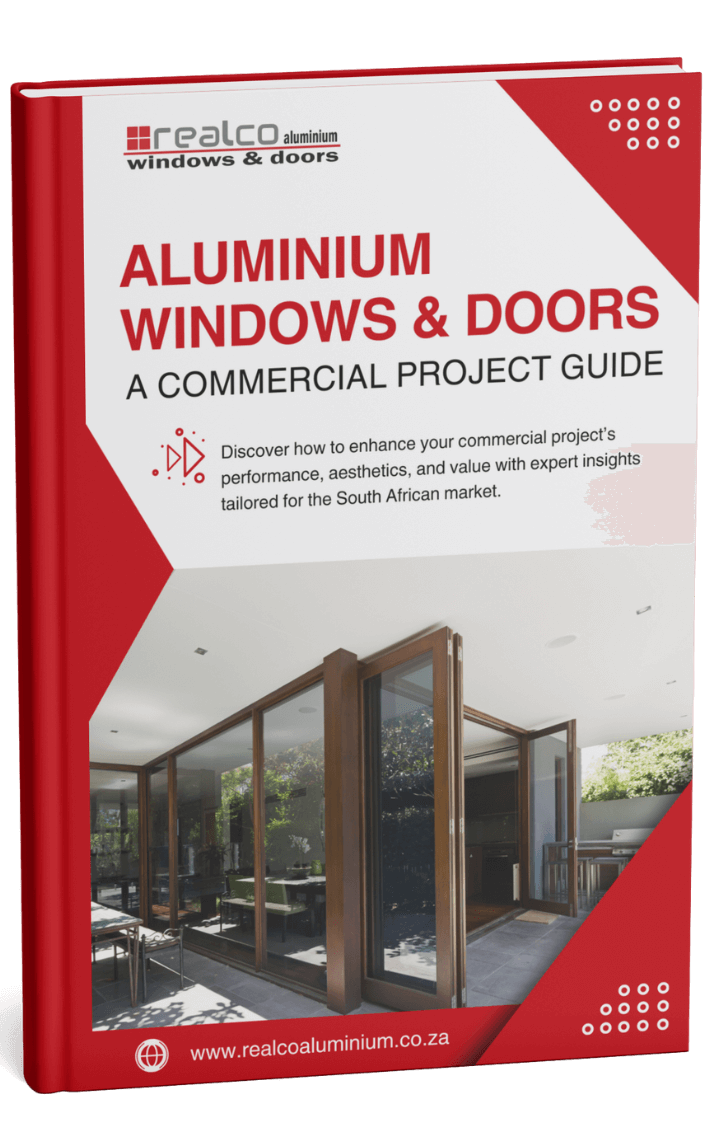The Evolution of Aluminium in Modern Architecture: A South African Perspective

In the ever-evolving landscape of modern architecture, few materials have impacted design and functionality as significantly as aluminium. Known for its versatility, durability, and lightweight characteristics, aluminium has become a go-to material for architects worldwide. However, its adoption and adaptation in South African architecture is a story that reflects the nation’s unique climate, aesthetic preferences, and innovative spirit. This article explores the journey of aluminium in modern architecture, focusing on how it has transformed construction practices, contributed to sustainable design, and shaped the built environment in South Africa.
The Beginnings of Aluminium in Architecture
Aluminium was first introduced in construction in the early 20th century. Initially expensive to produce, its usage was limited to high-end projects and specific applications, such as aviation. However, with the advent of the Hall-Héroult process in the late 1800s and subsequent developments in mass production, aluminium became more accessible.
In South Africa, aluminium started making its way into architecture by the mid-20th century, primarily used in window frames, doors, and roofing. Aluminium was admired for its resistance to corrosion, essential in South Africa’s coastal cities, where salt air could quickly degrade other materials. By the 1970s and 1980s, the material became more widespread, seen in commercial and residential applications. Architects and builders realised that aluminium offered a sleek, modern aesthetic aligned with global architectural trends while also withstanding South Africa’s varied climate conditions.
Aluminium’s Appeal: Versatility, Durability, and Sustainability
Aluminium’s rise in popularity owes much to its inherent properties. It’s one of the lightest construction materials, with a density about one-third that of steel, yet it possesses impressive strength. Aluminium’s durability, especially its resistance to rust, makes it ideal for long-lasting structures with minimal maintenance—a valuable trait in South Africa’s climate, which ranges from humid coastal regions to dry, arid zones.
Aluminium is also one of the most sustainable materials used in modern construction. It’s 100% recyclable without loss of quality, and recycling aluminium requires only about 5% of the energy needed for primary production. This sustainability aligns with South Africa’s growing emphasis on eco-friendly building practices and the drive towards green architecture. For architects focused on reducing the environmental footprint of their projects, aluminium is an attractive, sustainable choice.
Aluminium in South African Architectural Trends
South Africa’s architectural landscape reflects a blend of historical influences, cultural diversity, and modernist trends. Aluminium has played a vital role in defining contemporary South African architecture, contributing to the aesthetic and functional aspects of many landmark buildings.
- Façades and Curtain Walls: Aluminium cladding has become increasingly popular, offering architects the freedom to create striking, smooth exteriors that are both weather-resistant and lightweight. The use of aluminium curtain walls on high-rise buildings is an ideal solution for urban environments like Johannesburg and Cape Town, where modern skyscrapers must withstand varying weather conditions while maintaining an appealing visual design.
- Windows and Doors: Aluminium frames for windows and doors have become a standard in residential and commercial buildings across the country. Unlike wood, aluminium does not warp or swell, making it ideal for South Africa’s coastal areas. Aluminium frames can also be powder-coated in various colours, offering customisation options that enhance the aesthetic appeal of any structure.
- Roofing: Lightweight, durable, and resistant to corrosion, aluminium is also utilised in roofing. South Africa’s traditional corrugated iron roofs have seen a shift towards aluminium alternatives, particularly in areas prone to harsh sunlight or coastal salt exposure. Aluminium roofing can reflect heat effectively, helping to keep interiors cool and improve energy efficiency.
Advancements in Aluminium Technology and Design
Recent advancements in technology have further enhanced aluminium’s role in South African architecture. Innovative production techniques, such as extrusion, enable manufacturers to create complex aluminium shapes that add an aesthetic dimension to building designs. This flexibility in design allows for unique, curved, and intricate facades that are often impossible to achieve with other materials.
In addition, thermal breaks in aluminium window and door frames have improved the material’s energy efficiency, helping to address South Africa’s pressing need for energy-efficient buildings. By reducing heat transfer, thermal breaks make aluminium suitable for climates that demand both cooling in summer and insulation during winter. This innovation supports South Africa’s growing green building initiatives, aimed at reducing energy consumption in residential and commercial buildings alike.
Aluminium and Sustainable Architecture in South Africa
South Africa faces unique environmental challenges, from water scarcity to the need for energy conservation. As such, the architectural sector has seen an increased focus on sustainable and eco-friendly building materials. Aluminium is particularly suited to these sustainable building practices, given its recyclability and role in energy-efficient building designs.
- Energy Efficiency: In the South African context, where electricity shortages and load shedding are frequent issues, energy efficiency is a top priority. Aluminium’s thermal properties, particularly in fenestration products, support energy-saving designs. By enhancing natural light and ventilation, aluminium-framed windows can reduce reliance on artificial lighting and air conditioning, contributing to lower energy consumption.
- Water Conservation: Aluminium’s durability and resistance to corrosion also contribute indirectly to water conservation. In areas prone to high humidity or salt exposure, buildings constructed with aluminium require less maintenance and cleaning, conserving water resources over the building’s lifespan.
- Green Building Council of South Africa (GBCSA): The GBCSA promotes sustainable building practices across the country, and aluminium products often meet or exceed green building standards. With the GBCSA’s Green Star SA certification gaining momentum, aluminium’s recyclability and minimal maintenance needs make it an ideal material for certified green buildings, which are increasingly popular among environmentally conscious developers.
Iconic South African Buildings Featuring Aluminium
Several prominent South African structures showcase the innovative use of aluminium in architecture. From high-rise offices to cultural centres, aluminium has contributed to both the aesthetic appeal and sustainability of these buildings.
- Portside Tower, Cape Town: Known as the “greenest skyscraper” in South Africa, the Portside Tower in Cape Town incorporates aluminium extensively in its construction. Aluminium’s role in the building’s curtain wall system is instrumental in creating an energy-efficient, sustainable structure, with enhanced natural lighting and reduced thermal transfer.
- Nelson Mandela Bay Stadium, Port Elizabeth: This stadium, designed for the 2010 FIFA World Cup, features a striking aluminium roof structure. The use of aluminium allowed for a lightweight, corrosion-resistant covering that could withstand coastal humidity and salt. Aluminium’s flexibility enables designers to achieve the unique petal-shaped roof that has become a defining feature of the stadium.
- Sandton City, Johannesburg: One of the largest shopping complexes in South Africa, Sandton City’s recent renovations involved extensive use of aluminium cladding and frames, giving it a modernised, sleek appearance. The use of aluminium contributes to the building’s durability, accommodating the high foot traffic and weather demands of Johannesburg.
Challenges and Future Prospects for Aluminium in South African Architecture
Despite aluminium’s many benefits, challenges remain. The primary concern is cost, as high-quality aluminium products can be more expensive than traditional materials like steel or concrete. Moreover, while aluminium production has become more energy-efficient, the mining and refining of bauxite (the raw material for aluminium) still pose environmental concerns, particularly in regard to land degradation and greenhouse gas emissions.
Looking ahead, however, the future of aluminium in South African architecture appears promising. As technology advances, costs may decrease, making aluminium more accessible to a broader range of projects. Furthermore, research into alternative, eco-friendly production methods for aluminium could make it an even greener choice.
With sustainable building practices becoming more mainstream, aluminium’s recyclability, durability, and aesthetic versatility will likely continue to make it a preferred material in the South African construction industry. Innovations such as photovoltaic cladding, where aluminium panels generate solar power, could also revolutionise how aluminium is used in architecture, turning building exteriors into energy sources.
Conclusion
Aluminium has come a long way in South African architecture, from a niche material to a staple of modern design. Its aesthetic appeal, durability, and sustainability have made it indispensable in creating structures that withstand the demands of the South African climate while aligning with global trends in green building. As technology and design continue to evolve, aluminium will undoubtedly play a central role in shaping the architectural landscape, offering a unique blend of function, beauty, and eco-friendliness.
From coastal towns to bustling cities, aluminium stands as a testament to innovation, resilience, and the possibilities of modern architecture in South Africa.

Download our Free Commercial Project Guide!
Discover how to enhance your commercial project’s performance, aesthetics, and value with expert insights tailored for the South African market.

